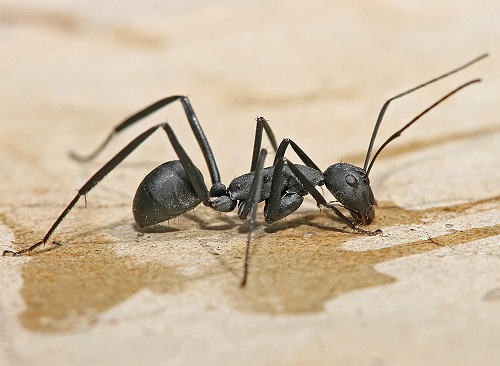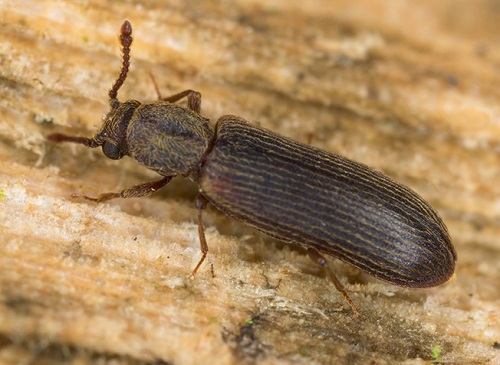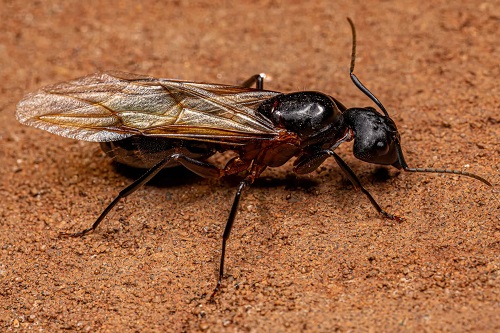Not sure which Bugs That Look Like Termites? Join us as we uncover these look-alikes and explore their unique characteristics.
Bugs That Look Like Termites—tiny, winged insects crawling out from the woodwork, and your heart sinks with the dreaded thought: termites. But hold on a minute! What if these home-invading critters aren’t what they seem? Let’s have a look at it in detail!
Check out bugs that look like poppy seeds here
Termites or Bugs: Who Poses a Greater Threat?
When it comes to potential danger, which side should we watch out for? Termites take the spotlight over bugs that look similar, as they can eat wood, causing structural harm. They work in large groups, causing hidden destruction over time.
Bugs That Look Like Termites might share a similar appearance, but they have different diets and behaviors that don’t pose the same level of risk to wooden structures.
Importance of Correct Identification
Getting bugs identified correctly is really important. When we know what bug it is, we can use the right way to deal with it. This saves money, helps the environment, and stops unnecessary panic.
It also prevents harming helpful bugs, like ones that help with plants or clean up. So, identifying bugs accurately helps us take the right action without causing problems.
13 Green Bugs that Look Like Leaves
Bugs That Look Like Termites
1. Carpenter Ants
Zoological name: Camponotus spp.
These ants look like termites in size and color and live in wood, occasionally causing damage to structures by tunneling through them. However, unlike termites, carpenter ants do not consume the wood for sustenance.
They primarily feed on other insects and food debris.
Some key differences:
- Carpenter Ants: Bent antennae, thin waist, don’t eat wood.
- Termites: Straight antennae, wide waist, eat wood.
2. Powderpost Beetles
Zoological name: Lyctus brunneus
These bugs that look like termites bore into wood, creating tunnels as they go. They can be mistaken for termites due to their size and their ability to damage wood.
As they burrow, they create fine, powdery frass, which is a mix of wood particles and their excrement.
Some key differences:
- Powderpost Beetles: Smaller, create powdery frass.
- Termites: Larger, create mud tubes, wood damage is distinct.
Check out Tiny White Bugs on Plants that Look like Dust here
3. Booklice
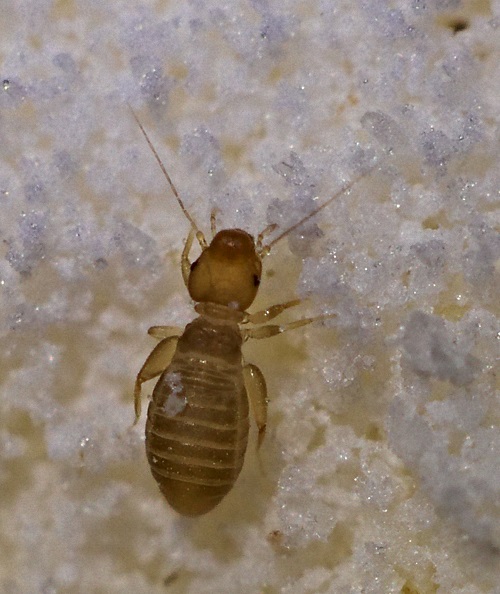
Zoological name: Psocids
Despite their name, booklice aren’t actual lice. These tiny insects thrive in humid environments and feed on mold, fungi, and organic matter.
They may be confused with termites due to their small size but do not have the same wood-damaging behavior.
Some key differences:
- Booklice: Tiny insects, feed on mold, found in humid areas.
- Termites: Larger, pale, or cream-colored, create mud tubes.
4. Cockroach Nymphs
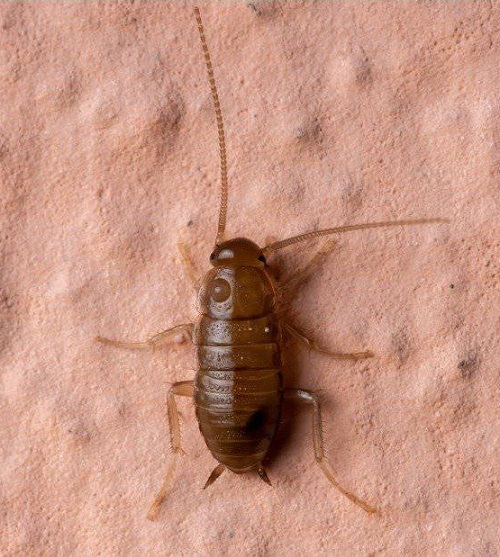
Zoological name: Blattodea nymphs
Young cockroaches, or nymphs, can be mistaken for bugs that look like termites, especially when they’re small and pale in color.
However, as they grow, these bugs that look like termites develop a more elongated body shape and distinct features that differentiate them.
Some key differences:
- Cockroach Nymphs: Long body, long feelers.
- Termites: Short feelers, light color.
Check Tiny Bugs in House Near Windows here
5. Flying Ants
Zoological name: Ant Alates
Also known as ant alates, these winged ants emerge during mating seasons. They can be confused with termite swarmers due to their similar size and winged appearance.
Flying ants have elbowed antennae and a more constricted waist, setting them apart from termites.
Some key differences:
- Flying Ants: Bent feelers, thin middle, big front wings.
- Termite Swarmers: Straight feelers, wide middle, same-sized wings.
6. Barklice
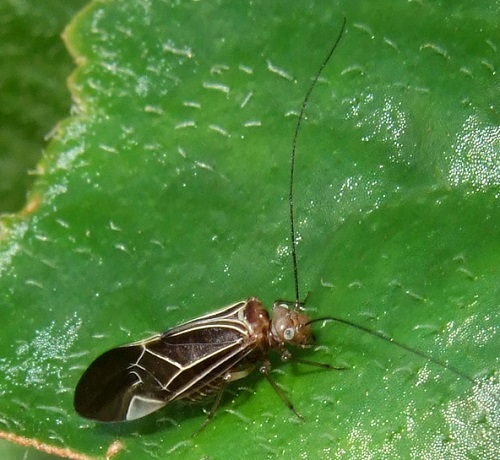
Zoological name: Psocids
These tiny insects are often found on tree bark and walls. They have flattened bodies and feed on algae and lichen, not wood.
While their appearance might lead to confusion about termites, their diet and habitat distinguish them.
Some key differences:
- Barklice: Flat, found on trees, eat green stuff.
- Termites: Tubular, pale, make mud homes.
What Does it Mean When a Ladybug Lands on You?
7. Dampwood Termites
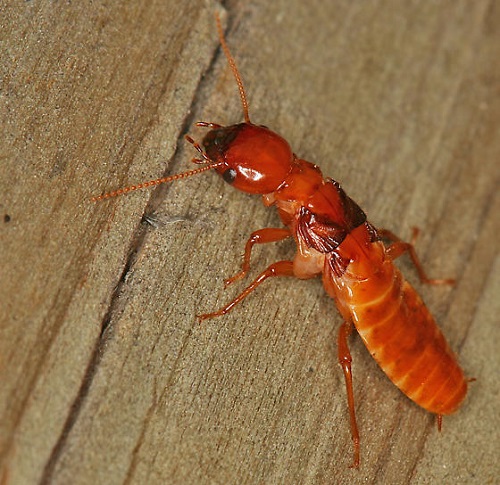
Zoological name: Zootermopsis spp.
Larger and darker than common termites, damp wood termites infest wood with high moisture content. They create tunnels and chambers within the wood, and they are attracted to areas with damp conditions.
Some key differences:
- Dampwood Termites: Large, dark, like wet wood.
- Termites: Small, pale, create mud tubes.
8. Drywood Termites
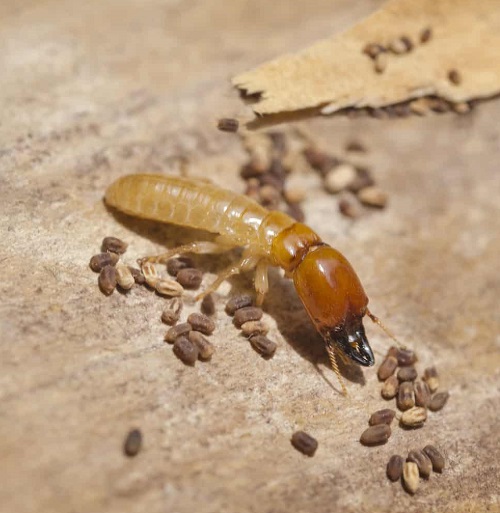
Zoological name: Cryptotermes spp.
These bugs that look like termites are lighter in color than damp wood termites and infest dry wood. They create chambers within the wood as they tunnel through it.
Unlike damp wood termites, they prefer wood with low moisture levels.
Some key differences:
- Drywood Termites: Light color, prefer dry wood.
- Termites: Pale or dark, make mud tubes.

